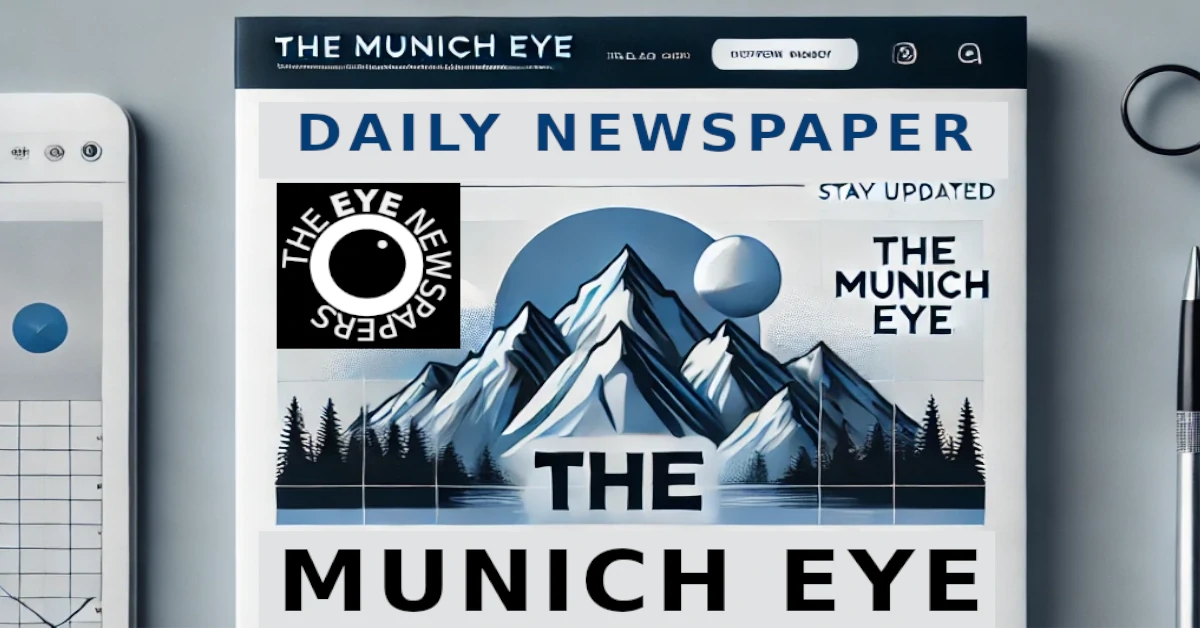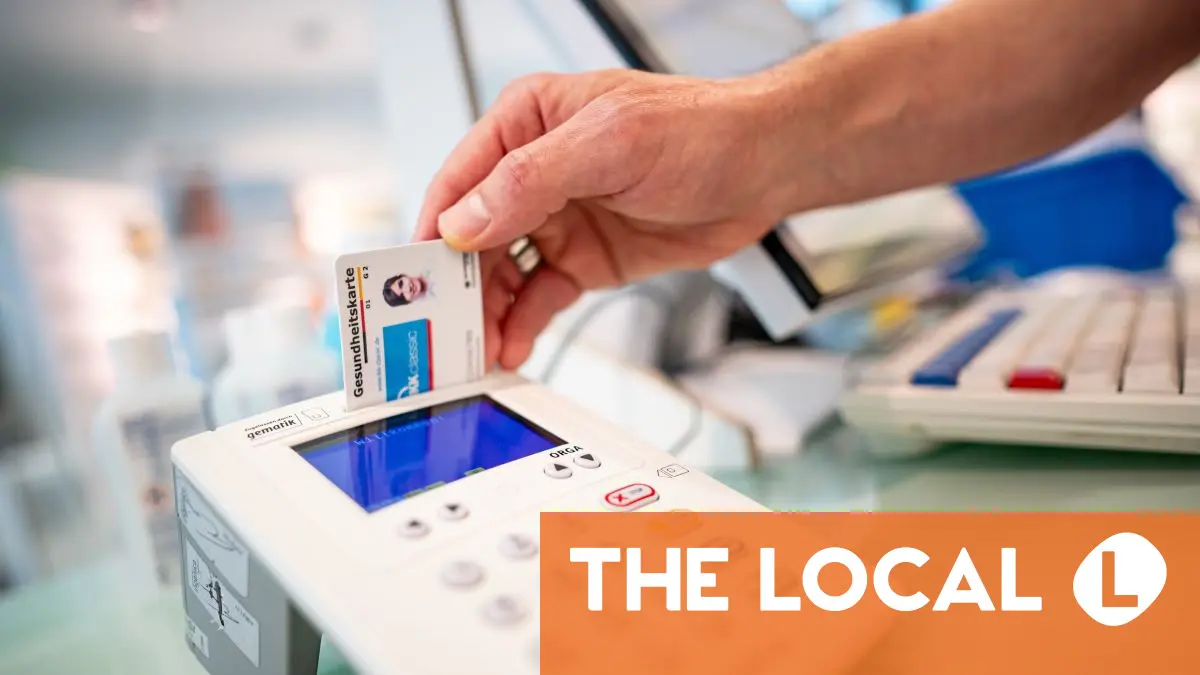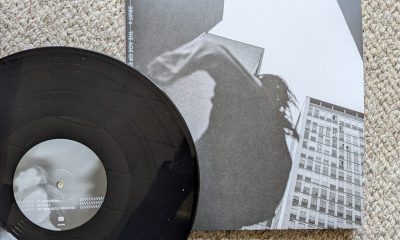
Lesezeit

Sat 21st Dec, 2024
The Parker Solar Probe, a groundbreaking spacecraft launched by NASA, is poised to make history by entering the sun’s atmosphere for the first time. Scheduled for a close approach on Christmas Eve, the probe will come within approximately 3.8 million miles (6.1 million kilometers) of the solar surface, venturing into an area known as the corona.
This mission is significant not only because of the probe’s capabilities but also due to its remarkable speed. The Parker Solar Probe is the fastest human-made object, reaching speeds of up to 430,000 miles per hour, which would allow it to travel from New York City to Tokyo in under a minute. This unprecedented velocity has been achieved thanks to the gravitational influence of the sun.
Named after renowned astrophysicist Eugene Parker, the Parker Solar Probe is the first NASA spacecraft to bear the name of a living individual. Since its launch in August 2018, the probe has been gathering vital data about the sun and its complex systems, although it has not received continuous media attention.
As the probe prepares for its upcoming close encounter, scientists are keen to explore the origins of the solar wind, a stream of charged particles emitted from the sun’s outer layer. Understanding this phenomenon has been a scientific pursuit for over half a century. Parker himself proposed the existence of solar wind in the 1950s, a theory that was met with skepticism until the Mariner 2 mission confirmed its presence in 1962.
The solar wind is invisible but plays a crucial role in shaping the solar system. For instance, when auroras occur on Earth, they are the result of solar wind interacting with the planet’s magnetosphere. To better understand solar wind and its implications, scientists must probe the environment from which it emanates.
Reaching the sun presents unique challenges. It is not merely a matter of launching a spacecraft toward the sun; engineers must carefully design the trajectory to ensure the probe can safely approach and retreat from the intense heat and radiation. The Parker Solar Probe is equipped with a sophisticated thermal protection system designed to withstand temperatures exceeding 2,500 degrees Fahrenheit (1,371 degrees Celsius).
Nicky Fox, the chief of science at NASA, who previously served as the project scientist for the Parker Solar Probe, emphasized the importance of entering the corona to study the solar wind’s source. By investigating this region, scientists can gain insights into solar phenomena that influence space weather and, consequently, life on Earth.
The design of the Parker Solar Probe involved overcoming numerous engineering hurdles. The spacecraft must endure extreme temperature fluctuations as it transitions between the scorching corona and the frigid emptiness of space. To maintain its integrity, the materials used in its construction had to be both lightweight and exceptionally durable.
Additionally, the scientific instruments aboard the probe were developed to withstand the harsh conditions of the sun’s environment. For example, a crucial instrument known as a Faraday cup is tasked with measuring the ion and electron fluxes from the solar wind. The materials used in this and other instruments were carefully selected for their high melting points and resilience to radiation.
As the Parker Solar Probe embarks on this historic mission, the scientific community eagerly anticipates the data it will collect during its journey into the sun’s atmosphere. This exploration promises to deepen our understanding of solar dynamics and the fundamental forces at play in our solar system.


Lesezeit

Fri 20th Dec, 2024
On December 20, 1999, Portugal officially relinquished control of Macau, a former colony that had been under its governance for more than 400 years. This transition marked a significant shift in the region’s political and economic landscape, transforming Macau into a prominent gambling hub often referred to as the ‘Las Vegas of Asia.’
Unlike Hong Kong, which experienced significant political unrest following its handover to China, Macau has largely maintained political stability. The region, which is significantly smaller in both area and population compared to its neighbor, has become an appealing destination for tourists, primarily due to its extensive gaming industry.
Macau is characterized by its Cotai Strip, a bustling boulevard akin to Las Vegas, where visitors find a plethora of casinos, luxury hotels, and shopping centers. Numerous major companies have established themselves in Macau, drawing inspiration from the iconic resorts of Nevada. This strategic positioning has solidified Macau’s reputation as a leading entertainment destination in Asia.
Historically, Macau’s connection to China deepened long before the 1999 handover. The influence of Chinese culture and politics has been significant, particularly during the Cultural Revolution, which began in 1966. By the time of the handover, the governance of Macau had already shifted largely towards Chinese influence, leading to a unique political landscape that has not seen the same level of protest as Hong Kong.
In the years following the handover, Macau’s economy has thrived, especially after the liberalization of its gaming industry. The introduction of competitive gaming licenses attracted international operators, particularly from the United States, who have significantly contributed to the local economy. As a result, Macau’s GDP has seen remarkable growth, reaching approximately $70,000 per capita by 2023, which surpasses that of Hong Kong and mainland China.
Despite its economic success, the dependency on tourism and gambling raises concerns about sustainability. The local government has recognized this challenge and has been distributing a portion of its budget surplus to residents, ensuring that the population benefits from the economic boom.
Macau’s cultural identity remains complex, with nearly half of its residents originating from mainland China. This demographic composition has influenced local sentiment towards governance and the broader relationship with China. As political changes continue to unfold in the region, Macau has been praised as a model for the ‘One Country, Two Systems’ principle, illustrating a different trajectory from Hong Kong.
As the 25th anniversary of the handover approaches, the question of Macau’s future remains pertinent. While the region continues to flourish as a gambling and entertainment hub, the potential for greater integration with mainland China looms, prompting discussions about the long-term implications for its autonomous status and cultural identity.
In conclusion, Macau’s evolution from a colonial outpost to a vibrant economic center reflects broader trends in regional politics and economics. As it celebrates a quarter-century since its return to Chinese sovereignty, Macau stands as a testament to the complexities of post-colonial governance in the context of a rapidly changing global landscape.

With statutory health insurance contributions set to increase in January 2026, we look at how the proposed increases could affect your wallet – and what steps you can take to keep the financial impact to a minimum.


Legal Initiatives Intensify Around Abortion Pill Access


Allergie- & Immunologietage | Düsseldorf Congress


30 Tage Bikini Workout | Women’s Best Blog


8 Übungen gegen Cellulite | Women’s Best Blog


Cellulite loswerden? Das hilft! | Women’s Best Blog


BRUIT≤ – The Age of Ephemerality


Me Made Mittwoch mit neuen Regeln am 02. Juli 2025


In diesem Blogartikel findest du eine hilfreiche ➤ CHECKLISTE mit ✔ 5 TIPPS, um deine ✔ Zeit besser einzuteilen & deine ✔ Fitness-Ziele zu erreichen! ➤ Jetzt lesen!